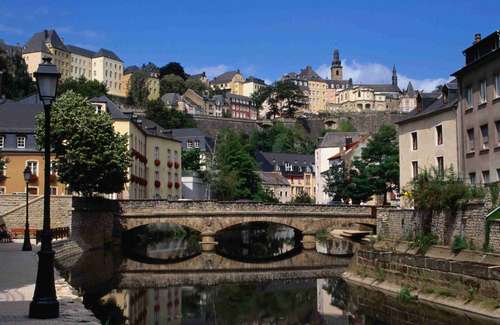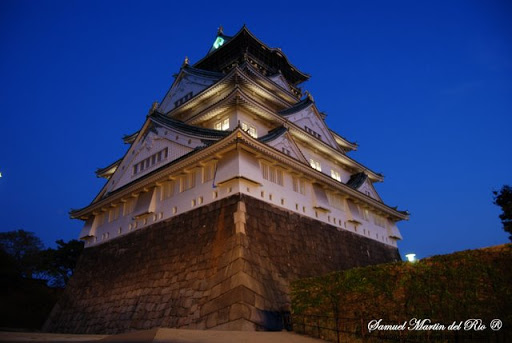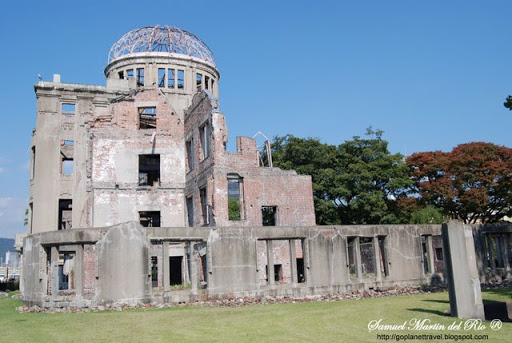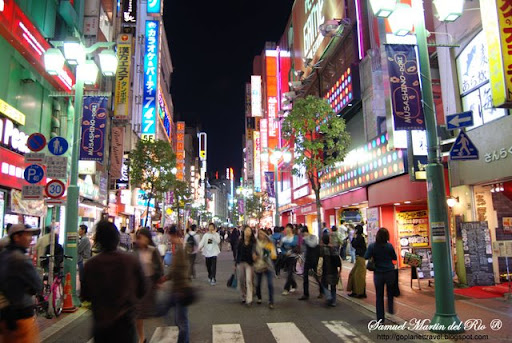My YOUTUBE video of SAN FRANCISCO
In the 1860s, San Franciscans began to feel the need for a spacious public park similar to Central Park that was taking shape in New York. Golden Gate Park was carved out of unpromising sand and shore dunes that were known as the "outside lands" in an unincorporated area west of then-San Francisco's borders. Although the park was conceived under the guise of recreation, the underlying justification was to attract housing development and provide for the westward expansion of The City. The tireless field engineer William Hammond Hall prepared a survey and topographic map of the park site in 1870 and became commissioner in 1871. He was later named California's first State Engineer and developed an integrated flood control system for the Sacramento Valley when he was not working on Golden Gate Park.
field engineer William Hammond Hall prepared a survey and topographic map of the park site in 1870 and became commissioner in 1871. He was later named California's first State Engineer and developed an integrated flood control system for the Sacramento Valley when he was not working on Golden Gate Park.
Most of the water used for landscape watering and for various water features is now provided by the use of highly processed and recycled effluent from the city's sewage treatment plant, located at the beach some miles away to the south near the San Francisco Zoo. In the 1950s the use of this effluent during cold weather caused some consternation, with the introduction of artificial detergents but before the advent of modern biodegradable products. These "hard" detergents would cause long-lasting billowing piles of foam to form on the creeks connecting the artificial lakes and could even be blown onto the roads, forming a traffic hazard.
The actual plan and planting were developed by Hall and his assistant, John McLaren, who had apprenticed in Scotland, the homeland of many of the nineteenth century's best professional gardeners. The initial plan called for grade separations of transverse roadways through the park, as Frederick Law Olmsted had provided for Central Park, but budget constraints and the positioning of the Arboretum and the Concourse ended the plan. In 1876, the plan was almost exchanged for a racetrack favored by "the Big Four" millionaires, Leland Stanford, Mark Hopkins, Collis P. Huntington, and Charles Crocker. Hall resigned and the remaining park commissioners followed him. The original plan, however, was back on track by 1886, when streetcars delivered over 47,000 people to Golden Gate Park on one weekend afternoon (the city's population at the time was about 250,000). Hall selected McLaren as his successor in 1887.
the nineteenth century's best professional gardeners. The initial plan called for grade separations of transverse roadways through the park, as Frederick Law Olmsted had provided for Central Park, but budget constraints and the positioning of the Arboretum and the Concourse ended the plan. In 1876, the plan was almost exchanged for a racetrack favored by "the Big Four" millionaires, Leland Stanford, Mark Hopkins, Collis P. Huntington, and Charles Crocker. Hall resigned and the remaining park commissioners followed him. The original plan, however, was back on track by 1886, when streetcars delivered over 47,000 people to Golden Gate Park on one weekend afternoon (the city's population at the time was about 250,000). Hall selected McLaren as his successor in 1887.
Golden Gate Park, located in San Francisco, California, is a large urban park consisting of 1017 acres (4.1 km², 1.6 mi²) of public grounds. Configured as a rectangle, it is similar in shape but 174 acres (0.7 km², 0.27 mi²) larger than Central Park in New York, to which it is often compared. With 13 million visitors annually, Golden Gate is the third most visited city park in The United States.
September 2008
In the 1860s, San Franciscans began to feel the need for a spacious public park similar to Central Park that was taking shape in New York. Golden Gate Park was carved out of unpromising sand and shore dunes that were known as the "outside lands" in an unincorporated area west of then-San Francisco's borders. Although the park was conceived under the guise of recreation, the underlying justification was to attract housing development and provide for the westward expansion of The City. The tireless
 field engineer William Hammond Hall prepared a survey and topographic map of the park site in 1870 and became commissioner in 1871. He was later named California's first State Engineer and developed an integrated flood control system for the Sacramento Valley when he was not working on Golden Gate Park.
field engineer William Hammond Hall prepared a survey and topographic map of the park site in 1870 and became commissioner in 1871. He was later named California's first State Engineer and developed an integrated flood control system for the Sacramento Valley when he was not working on Golden Gate Park.Most of the water used for landscape watering and for various water features is now provided by the use of highly processed and recycled effluent from the city's sewage treatment plant, located at the beach some miles away to the south near the San Francisco Zoo. In the 1950s the use of this effluent during cold weather caused some consternation, with the introduction of artificial detergents but before the advent of modern biodegradable products. These "hard" detergents would cause long-lasting billowing piles of foam to form on the creeks connecting the artificial lakes and could even be blown onto the roads, forming a traffic hazard.
The actual plan and planting were developed by Hall and his assistant, John McLaren, who had apprenticed in Scotland, the homeland of many of
 the nineteenth century's best professional gardeners. The initial plan called for grade separations of transverse roadways through the park, as Frederick Law Olmsted had provided for Central Park, but budget constraints and the positioning of the Arboretum and the Concourse ended the plan. In 1876, the plan was almost exchanged for a racetrack favored by "the Big Four" millionaires, Leland Stanford, Mark Hopkins, Collis P. Huntington, and Charles Crocker. Hall resigned and the remaining park commissioners followed him. The original plan, however, was back on track by 1886, when streetcars delivered over 47,000 people to Golden Gate Park on one weekend afternoon (the city's population at the time was about 250,000). Hall selected McLaren as his successor in 1887.
the nineteenth century's best professional gardeners. The initial plan called for grade separations of transverse roadways through the park, as Frederick Law Olmsted had provided for Central Park, but budget constraints and the positioning of the Arboretum and the Concourse ended the plan. In 1876, the plan was almost exchanged for a racetrack favored by "the Big Four" millionaires, Leland Stanford, Mark Hopkins, Collis P. Huntington, and Charles Crocker. Hall resigned and the remaining park commissioners followed him. The original plan, however, was back on track by 1886, when streetcars delivered over 47,000 people to Golden Gate Park on one weekend afternoon (the city's population at the time was about 250,000). Hall selected McLaren as his successor in 1887.Golden Gate Park, located in San Francisco, California, is a large urban park consisting of 1017 acres (4.1 km², 1.6 mi²) of public grounds. Configured as a rectangle, it is similar in shape but 174 acres (0.7 km², 0.27 mi²) larger than Central Park in New York, to which it is often compared. With 13 million visitors annually, Golden Gate is the third most visited city park in The United States.
September 2008



































































































No comments:
Post a Comment